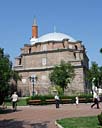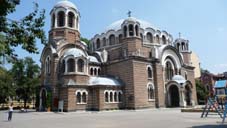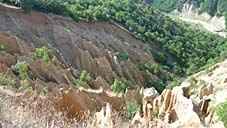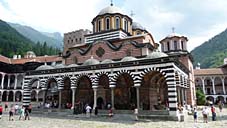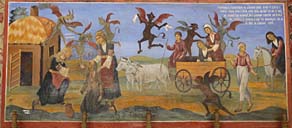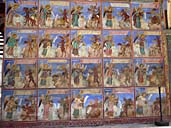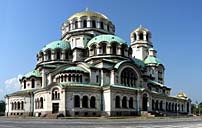
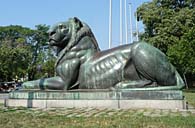
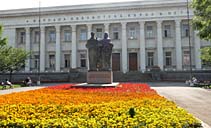


The cathedral was created in honour of the Russian soldiers who died during the Russo-Turkish War of 1877-1878, as a result of which Bulgaria was liberated from Ottoman rule.
Saints Cyril (Kiril) and Methodius are portrayed in the statue, the former being the originator of Cyrillic (Kirillic) script.



